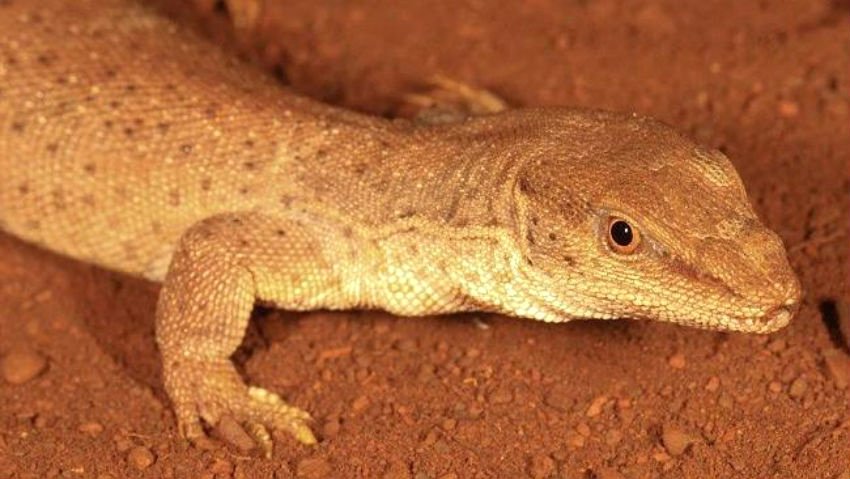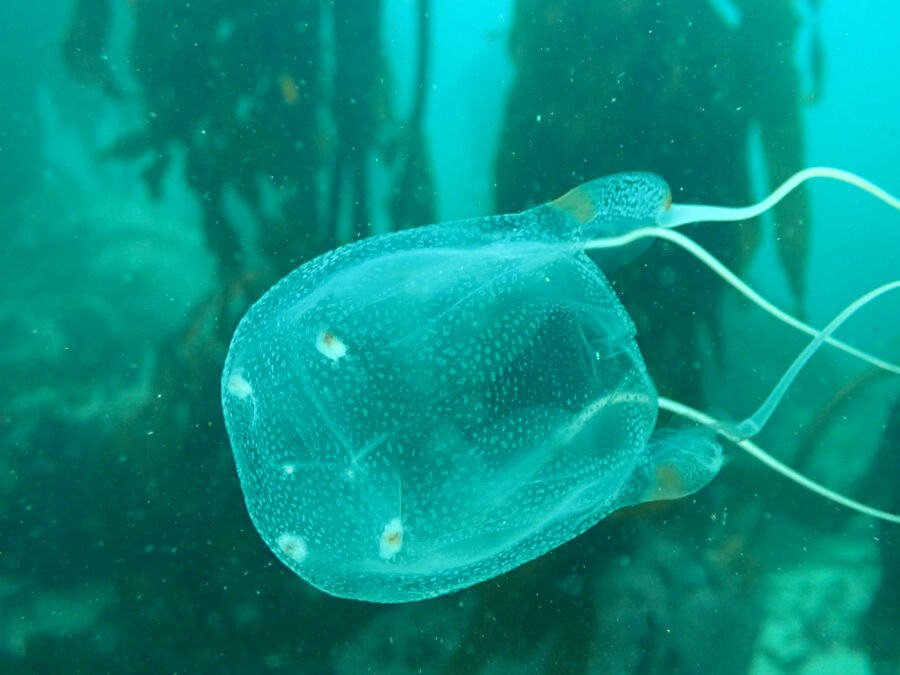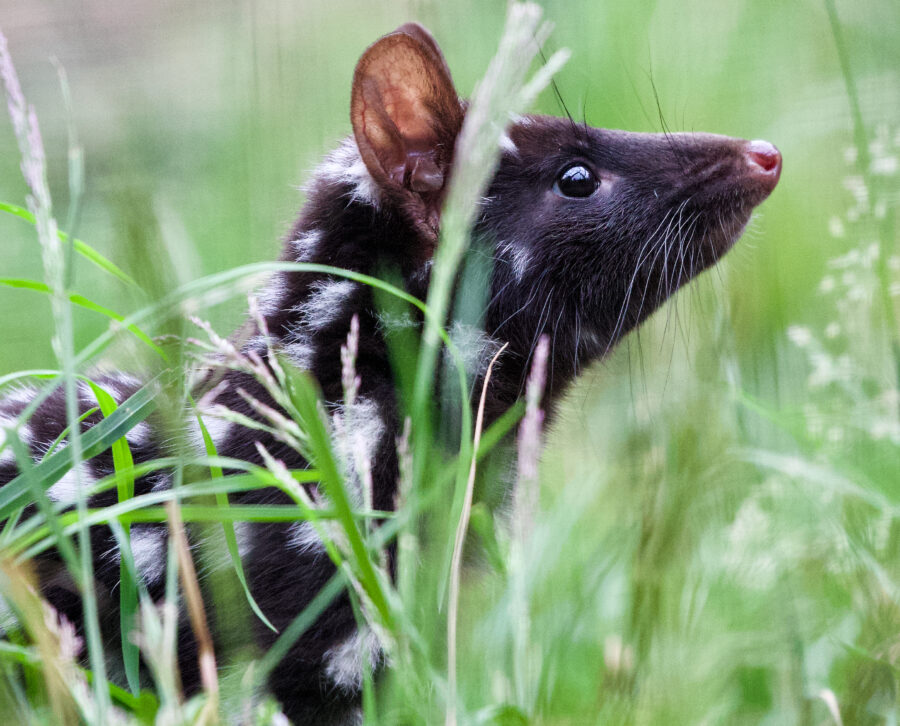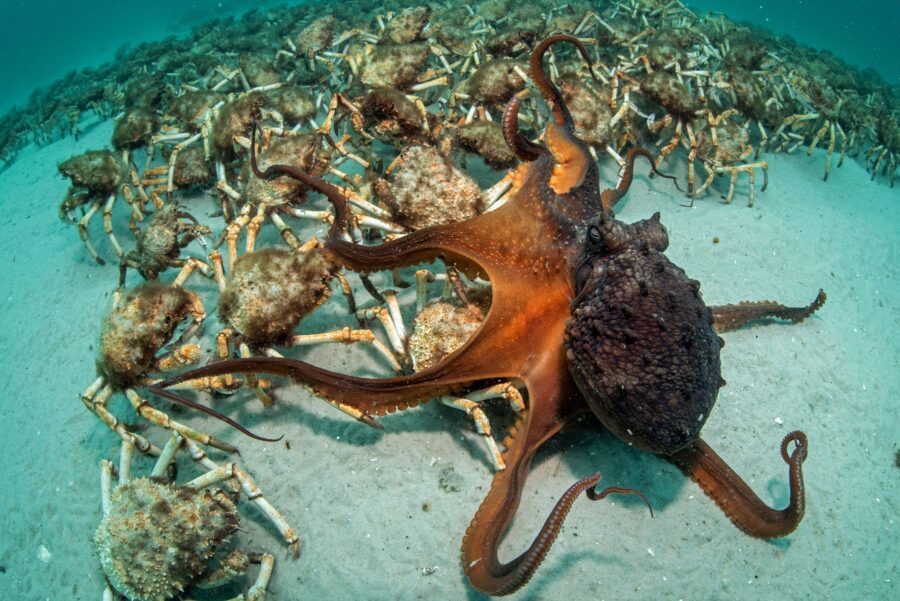Australian lizard the world’s smallest monitor

Bec Crew
Bec Crew

LOOK CAREFULLY, BECAUSE you’re probably not going to get the chance to see this little guy up close any time soon. This is the Dampier Peninsula monitor (Varanus sparnus) – the smallest known species of monitor lizard in the world, weighing just over 16 grams and stretching to around 23cm from snout to tail in adulthood.
That’s pretty impressive when you consider that the monitor group of lizards also includes the native Australian perentie (Varanus giganteus), which grows to more than 2m long, and the notorious Indonesian Komodo Dragon (Varanus komodoensis) – a force to reckon with at more than 3m long and more 80kg, which makes it the largest lizard in the world.
Only just discovered late last year, the Dampier Peninsula monitor is thought to live exclusively in the Dampier Peninsula of the Kimberley region, north of Broome in Western Australia.
These reptiles are so rarely seen – and active when they are, so good luck getting a useable photo if you do – that the name sparnus is taken from the Greek word for ‘scarce’.
World’s smallest monitor lizard
And it might be rare and very tiny, but this little lizard knows exactly what it’s doing. The researchers that discovered it suspect its species hasn’t changed all that much in the past six million years.
“We estimate from the genetic information [that the species] diverged roughly about the same time that chimpanzees diverged from human beings,” Paul Doughty from the WA Museum Curator of Reptiles and Amphibians, told Katrin Long at the ABC.
The pretty lady in the photo above is ‘Pokey’ – picked up in the wild in the Kimberley and brought back to the WA Museum to be raised in captivity. She was put on display late last year so the public could get a glimpse of the newly described species, but according to Doughty, she wasn’t too pleased about being cleaned up for the occasion.
“She was shedding over Christmas so I had to tidy her up; she was getting a bit stroppy with that,” he told the AAP.
Watch Pokey in the video below:




